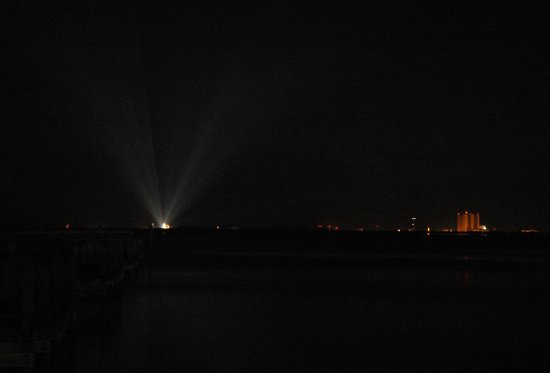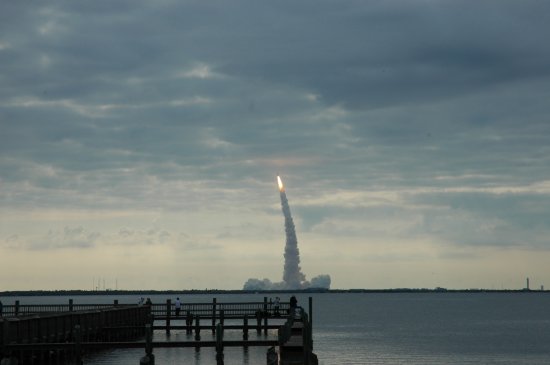Napolitano: “Very, very, very few” people get TSA patdowns
Napolitano: “Very, very, very few” people get TSA patdowns. NOT!
PolitiFact Georgia therefore took the TSA figures and did some math. The TSA’s Allen told us that “on an average day, about 2 million people are screened at TSA checkpoints.” Three percent of 2 million is 60,000 people. That means that over the course of a month, roughly 1.8 million people receive a pat-down. That’s more than four times the population of Atlanta.
Napolitano: “Very, very, very few” people get TSA patdowns. NOT!
PolitiFact Georgia therefore took the TSA figures and did some math. The TSA’s Allen told us that “on an average day, about 2 million people are screened at TSA checkpoints.” Three percent of 2 million is 60,000 people. That means that over the course of a month, roughly 1.8 million people receive a pat-down. That’s more than four times the population of Atlanta.



